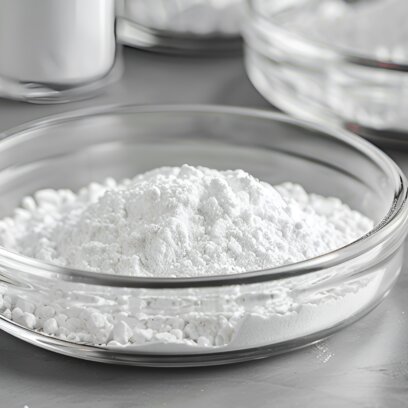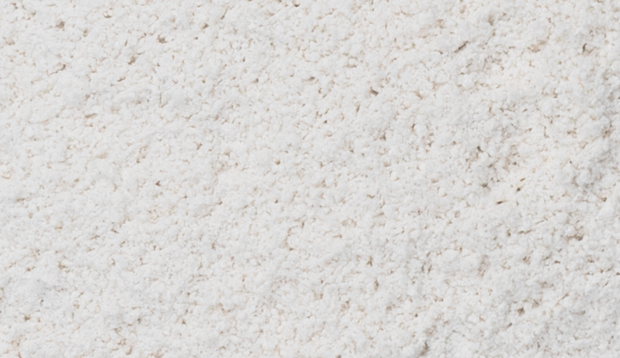Calcium Carbonate Solutions for Industrial Applications
Calcium carbonate (CaCO₃) is a naturally occurring mineral used as a functional filler, reinforcing agent and performance enhancer in a variety of applications. We offer ground calcium carbonate (GCC) in various grades, including grades tailored to specific industrial requirements.
- Enhanced mechanical properties: Increases stiffness, durability, and impact resistance in plastics, rubber, and composites.
- Superior optical performance: Improves brightness, opacity, and gloss in paints, coatings, and printing applications.
- Cost-effective pigment extender: Reduces reliance on expensive raw materials like TiO₂, optimizing formulation costs.
- Processing & rheology control: Enhances flow, viscosity, and workability in adhesives, coatings, and construction materials.
- Eco-friendly & sustainable: Supports low-carbon manufacturing with natural, recyclable raw materials.
With a wide range of fineness grades, from coarse to ultra-fine, Cemix adapts to your specific requirements. Whether you want to improve the mechanical properties of your plastics or increase the opacity of your colours, we offer the perfect solution.
Cemix guarantees consistently high quality standards for all calcium carbonate products. Benefit from the consistent performance that is essential for demanding applications and production processes. Rely on Cemix to optimise your processes and achieve the highest results.
Hydrophobically coated CaCO3 minimises moisture absorption and improves the performance of fillers in terms of dispersibility, flow, durability and more.
Contact Cemix today
Contact Cemix today for customized GCC grades that meet your industry-specific requirements. Let’s optimize your formulations with the highest quality calcium carbonate!
Call us on +998 77 294 09 09
Contact us
Calcium carbonate (CaCO3) is among the most plentiful minerals on Earth, comprising approximately 4% of the planet's crust. Naturally, it is found in three primary rock forms: chalk, limestone, and marble.
Where does calcium carbonate come from? Most calcium carbonate deposits were formed by dead marine organisms such as crustaceans, algae and corals. During their lives, these organisms absorbed calcium carbonate from the water and used it to build up their shells and skeletons.
After their death, their remains were deposited as sediment on the sea floor. Over the course of millions of years, nature used them to build the rocks that we use today.
Limestone is the compacted and hardened form of sedimentary rock.
Chalk is a soft rock. It is the result of a poorly compacted sedimentary calcium carbonate rock whose diagenesis is incomplete.
Marble is the hardest form of calcium carbonate. It is formed by recrystallization of limestone under high pressure and temperature conditions.
Limestone is one of the most versatile natural resources. Limestone often goes unnoticed, even though it plays a crucial role in many applications in our daily lives. Whether in paper, plastics, concrete and asphalt, paints and varnishes, pharmaceuticals or agriculture, limestone is used almost everywhere. Its versatility makes it one of the most widely used resources. Special qualities and high-quality processing also make it a valuable source of raw materials.
The color is an important quality feature. Pure calcium carbonate is white. However, limestone can also be beige or gray due to contamination with clay, sand, iron, organic material, etc.

